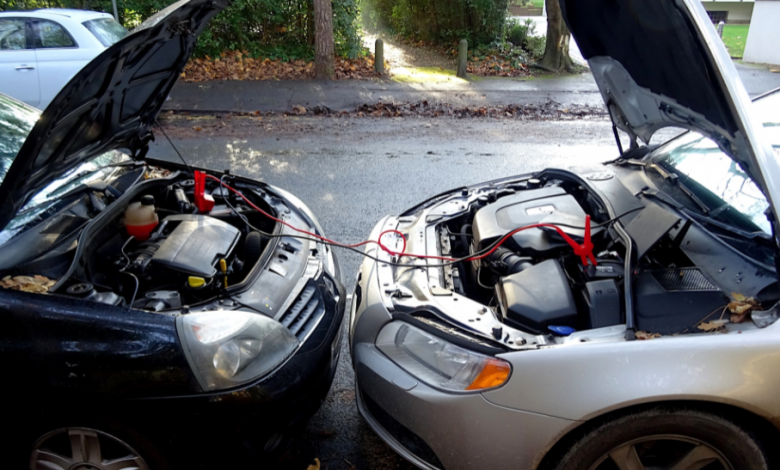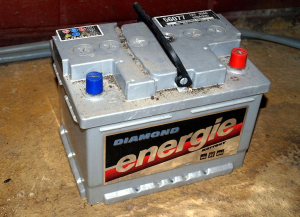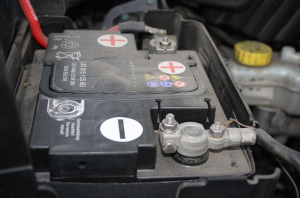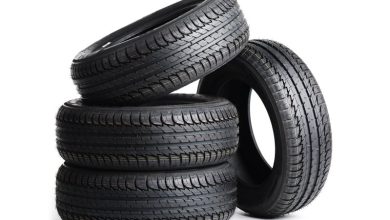What causes the car battery drain

A car battery drain is brought about by a number of reasons that are either electronic, human errors or manufacturer fault. When a Vehicle battery is dead, it can not supply sufficient power for use by the Vehicle’s electronic components. Note that it’s under rare circumstances that a battery dies due to a manufacturer’s fault. The other two have a higher probability of causing the battery to drain.
Most of the times when a car won’t start, it is usually a problematic car battery. The car battery supplies power voltage to the spark plug which later ignites the fuel within the combustion chamber. This process starts the engine and initiates a recharge of the battery in order to compensate for the used up voltage.
Before assuming that the reason why the car isn’t starting is because of the battery, there are some things you can check first. You can conduct basic tests by;
- Putting on the car’s headlights and seeing if they’re dim depending on the type of headlights you have.
- Start the wipers and observe whether they are moving slower than usual.
- Try starting the engine and see if it cranks constantly or it produces a clicking sound.
Reasons for a car battery drain.
There is no cause for alarm if the battery only dies once after a large number of miles. But if this happens many times within a small number of miles then you should take action. Below we will look at some of the things that can cause a car battery drain.

1. Weather conditions.
If the temperature is too hot or cold the car battery maybe affected. That’s because the extreme weather alters the car battery’s acid formula. Further, apart from causing a car battery drain, the extreme weather conditions also weaken or cause the battery to become less effective.
2. Too many short trips.
When you’re taking too many short trips, it means that you’re starting the car so many times within a short time. Cranking the engine consumes a lot of power. But the alternator is responsible for restoring this power while you drive. The short trips will not be enough for the alternator to recharge the used up volts during a car’s start. Because for a total recharge, the alternator needs sufficient rotations for recharging.
3. You have an old battery.
Amongst the things you should consider when buying a new car battery is the expiry dates. They are usually marked on the battery surface and if you can’t spot it just ask the vendor. Sometimes the car battery could last for up to 5 years. Though there are a number of things that could affect how long a battery lasts. For example, weather conditions and the nature of how you drive.
In fact, the way you drive could downgrade your battery’s life span. This is in terms of the number of short trips and how you use the car’s electronic components. In some cases when the car battery is old, it does not charge as well as it should. In fact even jump starting the battery doesn’t make it last up to to the next car start.
4. Faulty alternator.
This is brought about when the alternator belt is loose or it has a lot tears on its surface. When the car engine starts, the alternator belt keeps rotating and this charges the battery. If there is a problem with the belt, it doesn’t serve this purpose very well. So the charge that was utilized during the car start does not get replenished when the engine is in motion. If this goes on for a long time, the battery will become depleted.
5. Extreme weather.
The weather mostly affects older batteries but the more newer the battery is the more it can resist extreme weather. This in fact, is observed over time where the battery performance deteriorates as the weather downgrades its components. Once it goes on for quit some time, the battery’s chemicals will not perform well and your car battery starts dying. During extreme cold temperatures, the car may need twice as much power to start. Contrary to that, during summer season the battery’s chemicals could evaporate.
6. Loose battery terminal connections.

The battery terminals could be the reason why you are experiencing a battery drain. The battery has positive and negative terminals which transfer charge to and from through the connections. Sometimes, the battery cable connections may be loose because of constant shaking of the engine. In order to tell if the cables are loose, you will observe some signs like;
- Flickering headlights.
- Problem starting the car.
- Non functional car accessories.
Loose cables may cause the battery to loose charge. That’s because the battery doesn’t get sufficient electric current from the alternator in order to recharge. You need to reconnect these terminals in order to get the right functionality. Start by connecting the positive terminal first then the negative terminal last. When you’re disconnecting them, start with the negative terminal then move to the positive terminal.
7. Corrosion around the battery connection.
Checking the battery terminals for corrosion is one of the items on the car Maintenance tips list. The battery terminals are exposed to heat, dust, and moisture while under the hood. Further, any chemicals within the battery may sometimes leak through the terminals because of the shaking effect of the road terrain. These clump up together at the terminal connections to create a corrosion that hinders proper electric current conduction.
Disconnect the battery connections starting with the negative terminal followed by the positive terminal. Then use a brush and diluted baking soda mixture to scrub off the corrosion. Afterwards start applying petroleum jelly to offer protection to the terminals. Afterwards connect the cables starting with the positive terminal then followed by the negative terminal.
8. Parasitic Drain.
The normal theory is that when the car is parked, the battery ceases to be utilized until the next time you start the engine. Now, if the car is parked and the car battery is still being utilized that is what we call a parasitic drain. In some cases this is caused by the car’s accessories or its electronic components. When the car is switched off the electronic components that keep utilizing the battery are alarms, sensors, watch among others. If these require manual switch for them to cease functionality they might drain the battery if you leave them on.





